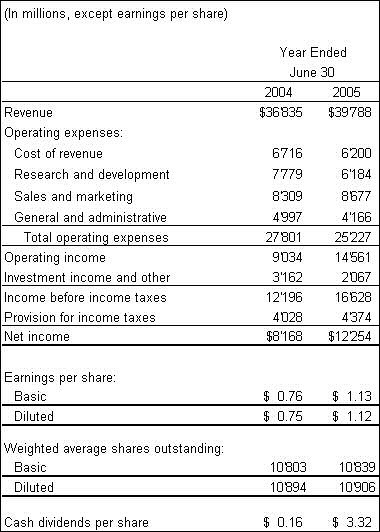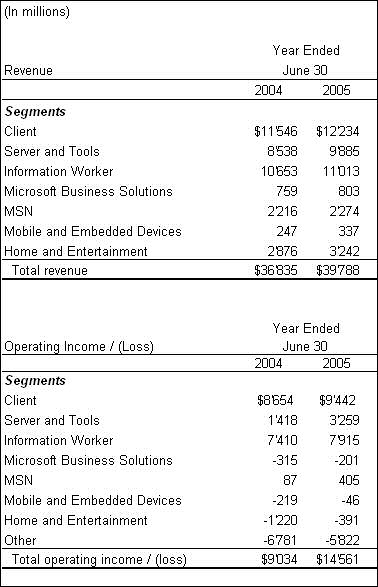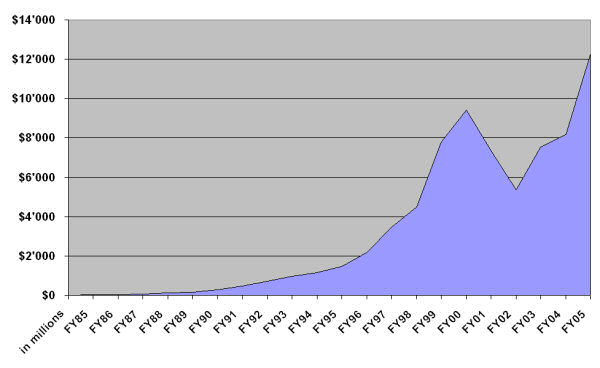[via Jeff Bussgang]
Great post from Jeff: Why Being A VC-backed Founder Can (Sometimes) Suck
[…] The primary issue is that you’re always afraid your VC is going to fire you. It’s the unspoken thing that founders live in fear of. They work like hell to create something from nothing, take this great VC’s money, get invited to all their great parties, get told how much everyone loves them, but live in fear that after each board meeting, they’re going to get the call. “Hi Joe – it’s your VC. Listen, we need to get together for breakfast.” Uh oh.
Let’s put it right out on the table – VC board members are always evaluating the performance of the CEO. That’s the fundamental job of the board of directors: hire, fire and compensate the CEO. When you’re a “hired gun”, professional manager, you know the drill. You’re only as good as your last quarter, goes the old board room yarn. But founders are typically less glib about it all, because a founder can’t just bounce from one CEO gig to another – they’ve put their blood, sweat and tears into this start-up and it may be their only ticket to the big time. And they’re damned if they let some pencil-pushing VC who simply doesn’t “get it” ruin it for them.
On the VC side of the table, watching a founder run out of steam and lose their ability to manage and build the company is incredibly frustrating. Great company, great technology, great market position and a huge opportunity, but the founder just won’t let go and let the best people in the world come in and take the company forward. It’s like watching a train wreck – you know exactly how it will end and it’s impossible to stop. Founders love to cite Bill Gates, Larry Ellison and Michael Dell as young, founding CEOs who run their companies from the garage through multi-billion dollars in revenue. Why can’t they do the same? If it were that easy, there would be far more than a mere handful of Fortune 1000 companies still run by their founders. A friend of mine used to talk about the three stages of a company’s life: the jungle, the dirt road and the highway. The right CEO and executive team in the jungle tends to be very different from who you need when you’re on the highway. Founders very rarely can be effective leaders during through all these complex transitions.[…]





















